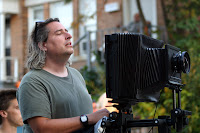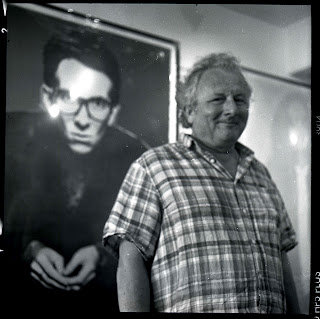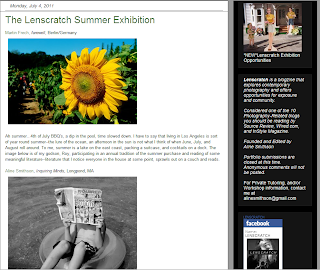 One of the forums on the My Course Visual Exploration page is dedicated to the debate surrounding the dangers of digital photography compared to analogue. This debate has been raging ever since the birth of digital and a week hardly ever goes by without the letters page of Amateur Photography magazine containing at least one letter on the subject. By and large the course argue that there is room for both but we must be careful that digital does not completely replace analogue. There are other dangers however.
One of the forums on the My Course Visual Exploration page is dedicated to the debate surrounding the dangers of digital photography compared to analogue. This debate has been raging ever since the birth of digital and a week hardly ever goes by without the letters page of Amateur Photography magazine containing at least one letter on the subject. By and large the course argue that there is room for both but we must be careful that digital does not completely replace analogue. There are other dangers however.One of the biggest dilemmas in the debate however surrounded manipulation with calls from Alex, in particular, to categorise heavily manipulated photographs as an seperate art form although he acknowledged working out where heavily manipulated photographs start being classified as such is another debate in itself. Coincidentally the very same day I was following Alex and Kristianne's exchange on this subject I read a small article in my newspaper which brought home to me the inherent dangers of digital.
As can be seen in this article, on the left, it is now very easy to manipulate photography and tell a story that is not entirely true and, even wors,e trick the viewer to thinking that the story that has been manipulated is the original work of a trusted journalistic source.
Once this manipulation is exposed the overriding problem is that trust is lost by the viewer and the old adage that "the camera never lies but plenty of photographers are liers" is tested on two fronts. People will very quickly give up "trusting" the photograph.
It is absolutely vital that in the case of documentary photography there is no manipulation and even if some is neccesary for whatever reasons, then the viewer must be informed.
We must treat digital photography with respect and caution, it is the way forward and we have to live with it. While digital manipulation will also be with us and can enhance and improve (especially say in the genre of advertising photography), it must always be acknowledged as digitally enhanced.




















